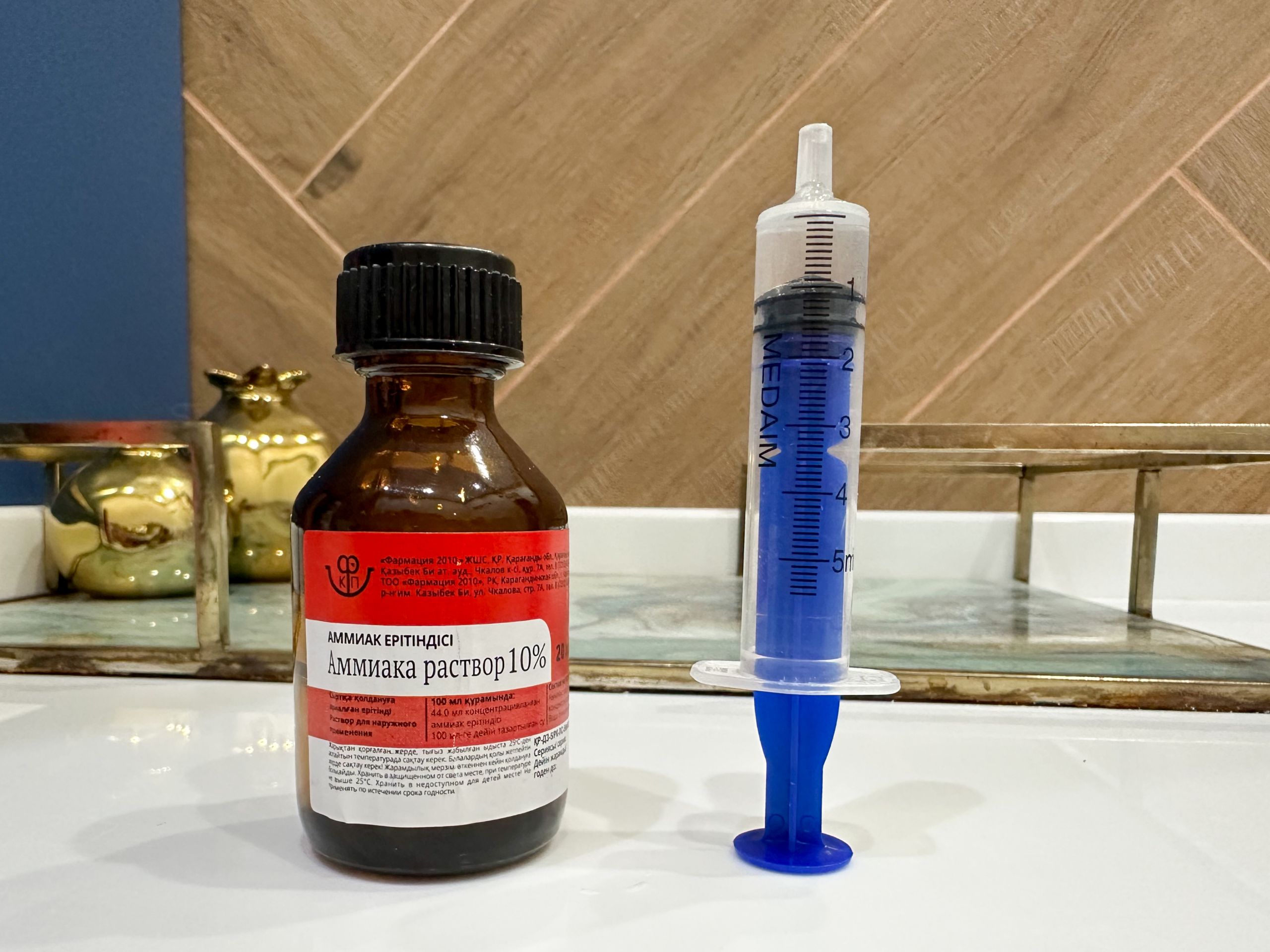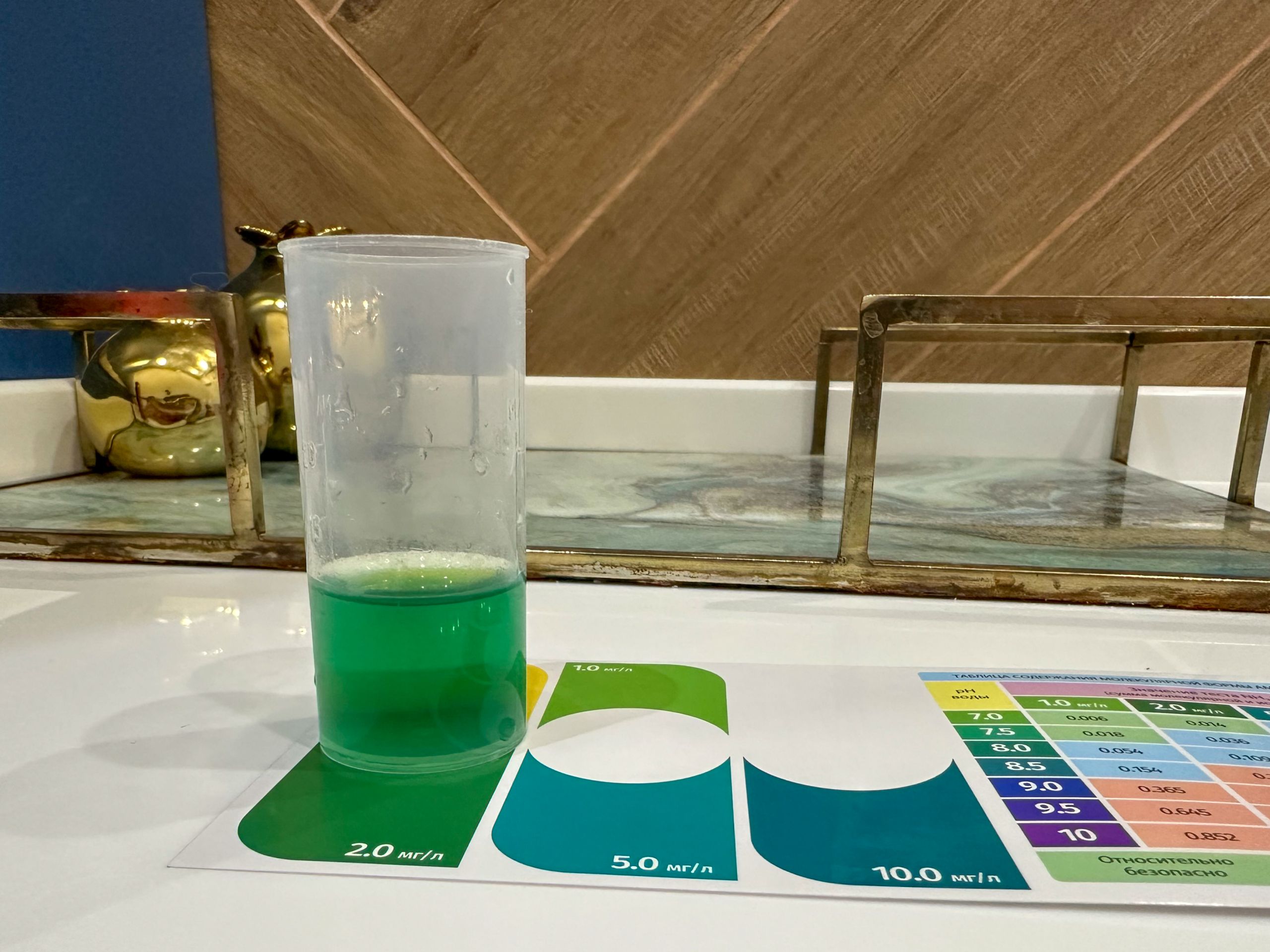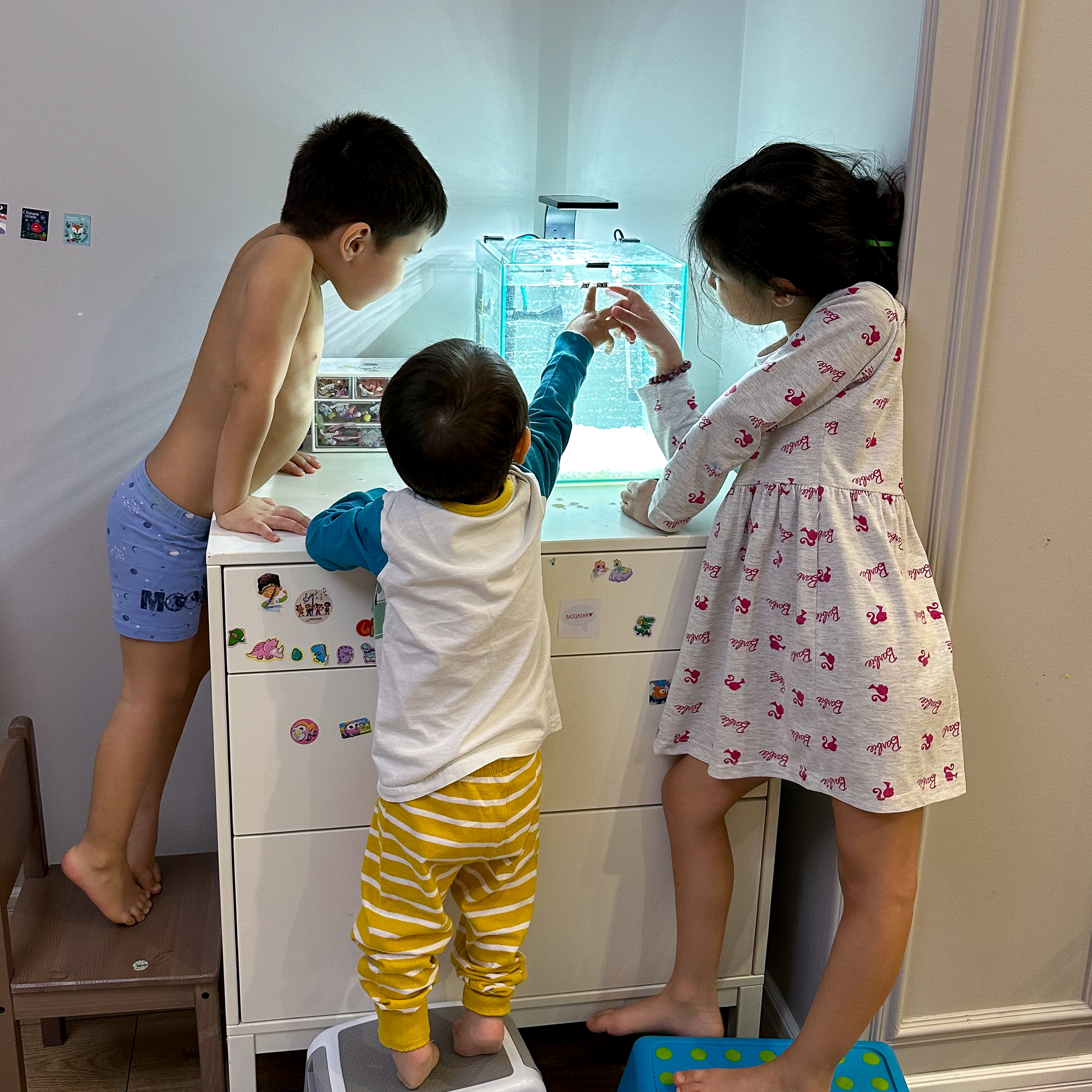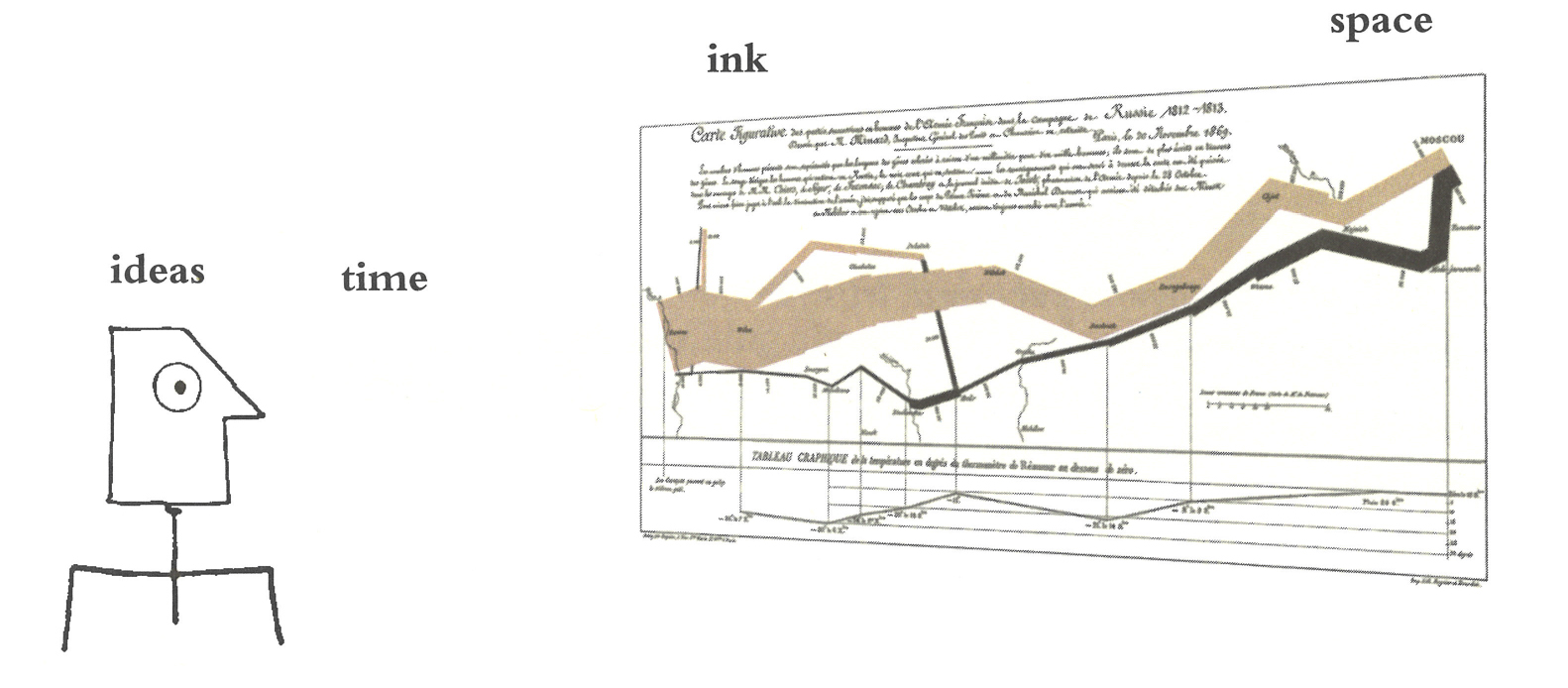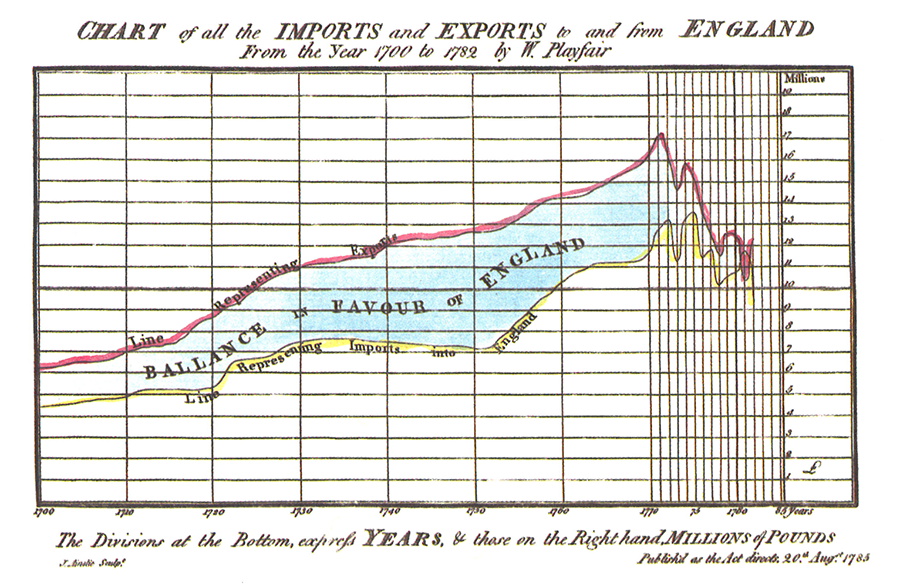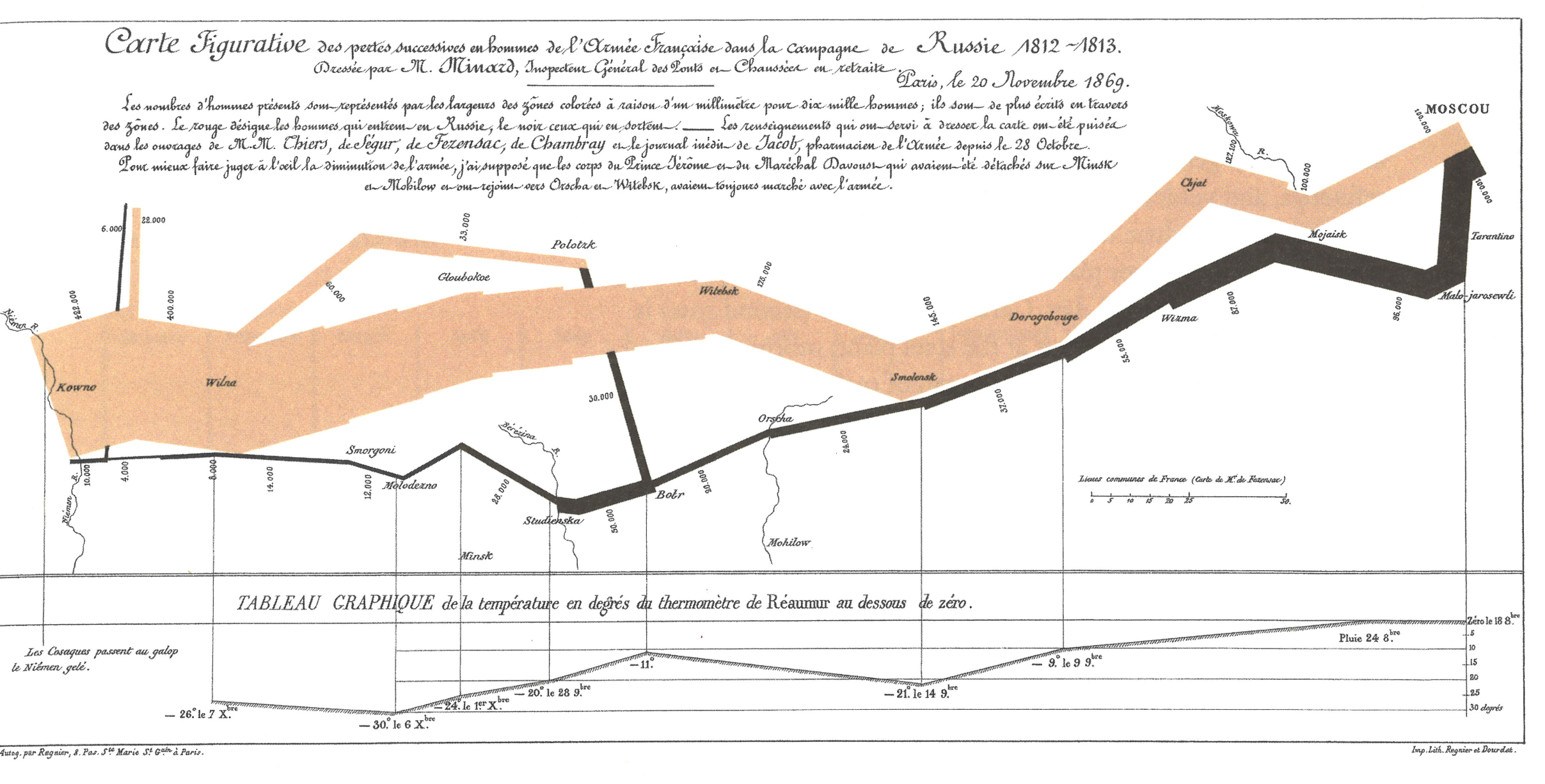I’ve recently started exploring the world of product management. A couple months ago I viewed product creation as something complex and boring. However, having studied several books and a course at Udemy, I see it as an exciting path. What fascinates me is the journey you go through from a raw idea to a finished product. Everything matters: how you build your hypotheses to test an idea, how you ask questions from your customers, how you analyse the market and competitors, etc.
So today I want to share some excerpts from Alan Klement’s «When Coffee and Kale Compete,» a book about creating valuable products. Its main message is to create a product that customers will use to grow and transform their life.
Intro
A day has only so many minutes, and a customer can use only one product at a time.
We myopically study and improve on customers’ “needs” and expectations of today; instead, we should create new systems that help customers make progress.
If you torture the data long enough, they will tell you whatever you want.
We must remember that data are only proxies for some results of a system. Moreover, the most important figures are unknown and unknowable. What figures or data would have told Apple to remove floppy drives from PCs or keyboards from their smartphones? At the time, many dismissed or criticised these ideas.
Customer Jobs gives you a collection of principles for understanding why customers buy and use products. It’s principles, because they stick around. Methods come and go.
No one wants to solve their problems only, we want someone to also give us new and better ways to improve our life-situations in meaningful ways.
Job To Be Done
Job theory starts with the premise that we, as humans, always want to improve our various life-situations in a variety of ways.
Customer Jobs theory states that markets grow and transform whenever customers have a Job to be Done, and then buy a product to complete it (get the Job Done). This makes a Job to be Done a transformation process: it starts, it runs, and it ends. The key difference, however, is that a JTBD describes how a customer changes or wishes to change. To put it formally:
A Job to be Done is the process a consumer goes through whenever she aims to transform her existing life-situation into a preferred one, but cannot because there are constraints that stop her.
The biggest mistake is thinking of a Job to be Done as an activity or task. Examples include store and retrieve music, listen to music, cut a straight line, or make a quarter-inch hole. These are not Jobs; rather, they are tasks and activities — which means they describe how you use a product or what you do with it.
There are not different types of Jobs. Don’t waste your time trying to dissect Jobs into different types.
Keep in mind that a Job to be Done describes the “better me.” It answers the question, “How are you better since you started using [product]?” and “Now that you have this product, what can you do now that you couldn’t do before?”
A dissatisfied customer does not complain; he just switches.
Focusing on the product itself, what it does, or how customers use it closes your mind to innovation opportunities.
Principles of Customer Jobs
People have Jobs; things don’t. Products don’t have lives to make better. They also don’t have motivations, aspirations, or struggles. However, people do struggle. They do have lives they want to improve. This is why people—not products — have a JTBD.
Competition is defined in the minds of customers, and they use progress as their criterion. Customers don’t define or restrict competition based on the functionality or physical appearance of a product. Instead, they use whatever helps them make progress against a JTBD.
When customers start using a solution for a JTBD, they stop using something else. Just as only one puzzle piece can fit into an empty slot, a customer prefers only one solution at a time for a JTBD.
Innovation opportunities exist when customers exhibit compensatory behaviours. The Segway was meant to revolutionise personal transportation for the masses. It failed; however, it did find success among members of law enforcement who began using it for their patrols.
Favour progress over outcomes and goals. Measure progress. Customers don’t wait until after they’ve finished using a product to determine whether they like it. They measure progress along the way. Do people wait until they lose ten pounds before judging whether a gym membership is successful? Design your product to deliver customers an ongoing feeling of progress.
Progress defines value; contrast reveals value. Products have no value in and of themselves. They have value only when customers use them to make progress. A steak has more value at the fancy restaurant than at a kid’s birthday party. The steak doesn’t change, but its value does. Why? A steak at a fancy restaurant helps you have a better restaurant experience. It delivers progress. A steak at a child’s birthday party does not make the party better. It does not deliver progress.
Solutions for Jobs deliver value beyond the moment of use. A product should be designed with an understanding of how it improves customers’ lives, not just how it offers value in the moment.
Producers, consumers, solutions, and Jobs should be thought of as parts of a system that work together to evolve markets. What is a system? A system is a collection of parts that work together to achieve a desired effect. The value is not in any one particular part of the system but in how those parts work together. Similarly, understand how producers, consumers, solutions and Consumer Jobs work together to evolve customers and renew markets.
Case Study: Clarity
Clarity is a marketplace that connects entrepreneurs with experts who can advise, motivate, and inspire.
Customers have this really bad habit of lying sometimes.
Instead of asking broad, individual questions, ask questions aimed at understanding customers’ journeys as they searched to find solutions that fit their JTBD. Then investigate if other customers had similar journeys.
Therefore, frame an interview around what Jobs customers are trying to get done. “How would you feel if you could no longer use this?” → “Can you tell me about the other solutions you’ve tried? What did, or didn’t you like about each one?”
“Getting expert advice” is just an activity — a solution for a Job. If the seekers merely wanted advice, they could have read a book or watched a video. They wanted more. They were hoping that someone else’s success would rub off on them. This is why they wanted someone they respected to inspire and motivate them to get out of an entrepreneurial slump. That was their emotional motivation to make a change. Making progress with this Job is more valuable to these customers than getting advice.
